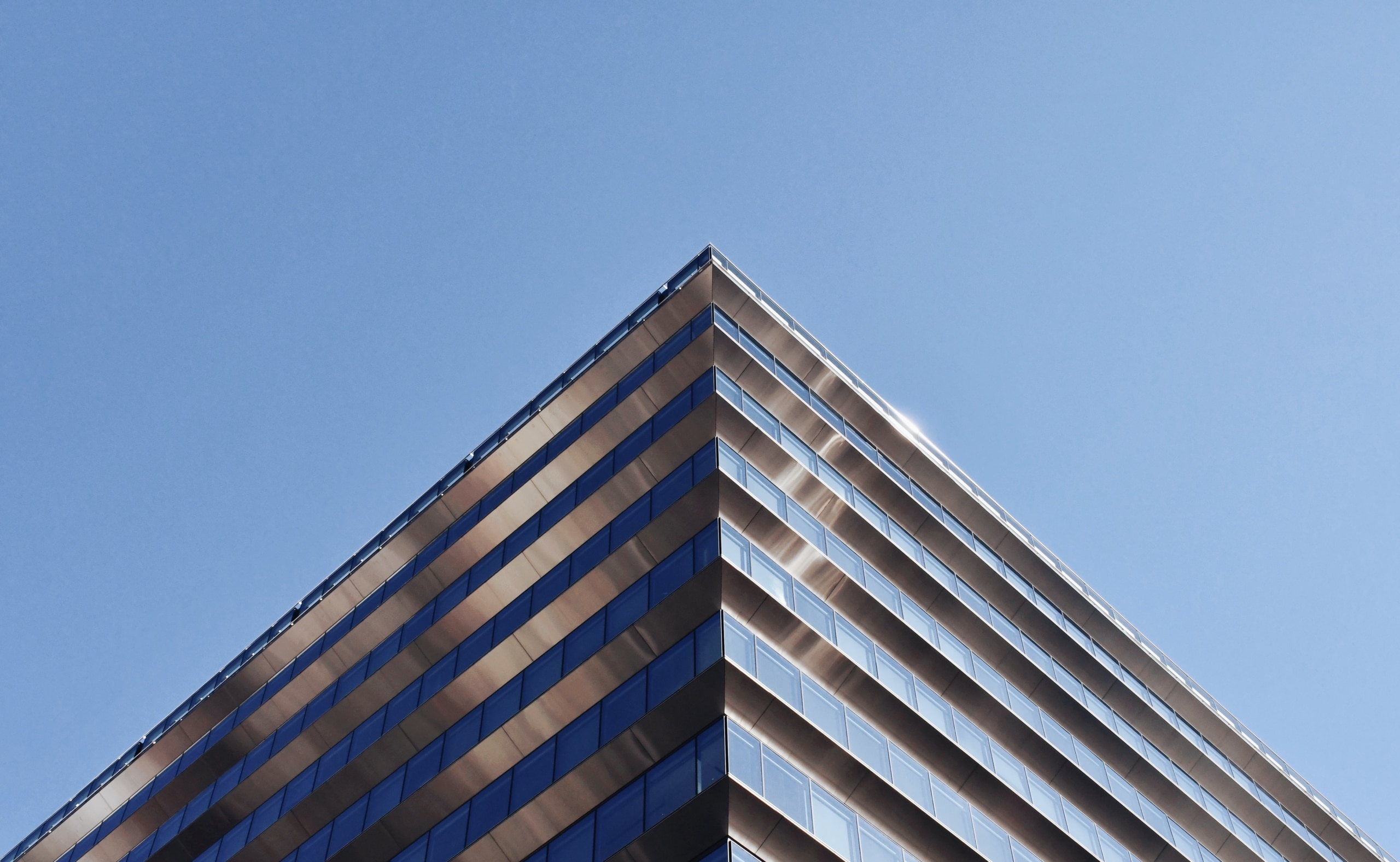
IoT is increasingly used in various industries. You may have already heard of IoT in agriculture or IoT in healthcare. But are there any uses of the technology in retail? Yes, there are many of them. For example, IoT helps retailers evaluate people’s purchasing behavior, adjust inventories, and save storage space. This, in turn, allows them to save money and build long-term relationships with customers.
The worldwide Internet of Things in the retail sector was worth $44.4 billion in 2022-2023 and is anticipated to increase at a compound annual growth rate (CAGR) of 16% between 2024 and 2028. These numbers come as no surprise, as retailers strongly affected by the lockdown’s limitations have an even greater need for insights to stay afloat.
We provide companies with senior tech talent and product development expertise to build world-class software. Let's talk about how we can help you.
Contact usLet’s look at the top prospects and the future of IoT in retail from 2024 to 2028.
Table of Contents
IoT opens a wide range of possibilities for the retail industry. Today, retailers may use IoT software to watch and monitor their customers’ activity and gain important insights about enhancing marketing strategies and sales tactics. Read on to learn about the recent trends in the IoT retail market.
The pandemic has had a significant influence on global IoT expenditure, particularly in retail purchasing. Retailers have placed a series of innovative ventures on hold. Their primary focus has been on maintaining corporate operations throughout the economic downturn.
In late 2021, however, IoT usage in retail is projected to grow steadily. Businesses already use mobile banking services, autonomous cleaning robots, and contactless checkout kiosks to limit human involvement and coronavirus transmission.
Following the pandemic, artificial intelligence (AI), cloud computing, and automation are anticipated to drive retail business growth for years to come.
IoT enables merchants to collect data and provide insights while maintaining data security. In the IoT industry, the following retail market trends have been observed:
Retailers are already taking full advantage of incorporating the Internet of Things into their operations. Let’s have a look at the key benefits of deploying IoT apps in retail:
Now that we reviewed the main benefits and trends of IoT in retail, it’s time to move on to the most popular IoT usage examples.
In the retail industry, the following key IoT technologies are being deployed, which help reduce costs and simplify business operations:
The continuing and ever-evolving IoT is revolutionizing retail business for the following companies:
The following challenges need to be addressed for the successful implementation of IoT in the retail industry:
| Issue | Challenge | Solution |
| Security | The primary issue in implementing IoT devices is guaranteeing safety and confidentiality. Providing consumers with data access expands potential while also increasing the risk of threats. | End-to-end encrypted communications, recurring software upgrades, secure username and password, and an IT framework that constantly and continuously monitors for security breaches must all be implemented in IoT software development. |
| Infrastructure | Retailers’ operations are inefficient due to a lack of equipment and networks to handle huge amounts of IoT data. | Small modifications, such as IoT-controlled climate control or illumination, should be implemented first. It will provide a quick return on investment, allowing merchants to move on to more advanced IoT solutions like in-store analytics. |
| Data Management and Analytics | Retailers lack the technical capabilities needed to handle data and get value from IoT solutions. | Employing specialists or relying on skilled, well-trained, and certified third parties may help retailers manage their IoT data. |
The IoT industry was valued at $465 billion in 2019 and is anticipated to reach $1.5 trillion by 2030.
Infrastructure, programming, cloud, and applications, including connectivity, will account for 66% of IoT investment, with hardware, such as specialized IoT devices, components, and adapters, responsible for the remaining 36%.
According to a McKinsey and Gartner.com IOT projection, the percentage of organizations using IoT technology has risen from 13% in 2014 to over 25% now. By 2025, the number of IoT-connected devices worldwide is expected to rise to 43 billion, nearly tripling from 2018.
Relevant is an experienced IoT software development company; therefore, we can rapidly grasp your requirements and implement the best technologies.
Give us a quick overview of the types of services you want, and we can help you establish your business utilizing IoT technology.
Our IoT services for retailers include:
Retailers benefit from IoT in various ways, including obtaining useful information, real-time reporting, and continual monitoring. This may help them improve their clients’ experience and increase their earnings.
If you want to leverage IoT and have an IoT software development project in mind, the Relevant team is here to help.
Forecasting demand has never been more complex—or more critical. Traditional models, constrained by rigid statistical…
Did you know that hospitals generate around 50 petabytes of data each year, including clinical…
Effective IoT energy management goes beyond cost reduction—it enables precision, adaptability, and long-term resilience. Yet,…